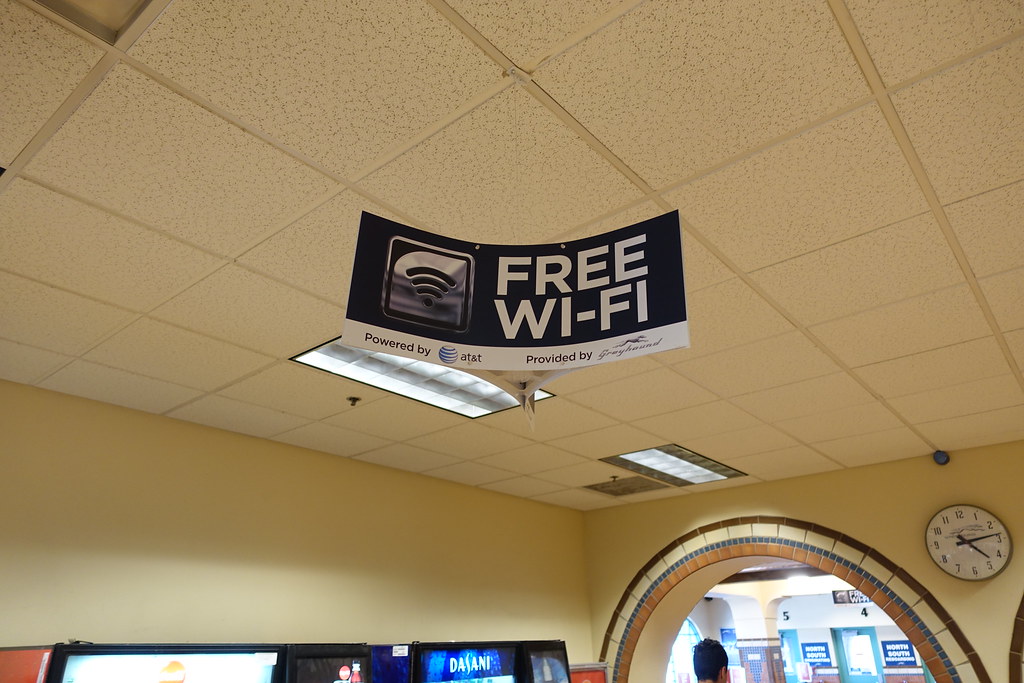Commercial-grade WiFi is expensive.
This hasn't been the case for several years now.
A home unit wouldn't cut it that kind of use (range, simultaneous connections, reliability, and speed), and the service charges are a lot.
You don't need to cover the whole building. You only need enough range for folks in the immediate Amtrak waiting area to check emails and send text messages. Service charges are almost entirely dependent on available competition, but if you're willing to sign a national or regional contract you can get the price down to manageable levels.
At other stations it might be provided by the station owner/operator but that would typically be a local government or public agency.
In many areas of the country government agencies and municipalities are specifically prohibited from offering public internet access by law.
As it stands, operating a public train station is already a money losing proposition, so sinking money into WiFi would mean losing more money.
In many countries operating a public transportation station is a net positive financially. The reason it loses money in the US is because we rarely take the time to plan or coordinate anything. In many cases the station serves one or two trains a day and little or nothing else. As a result economies of scale never come into play.






